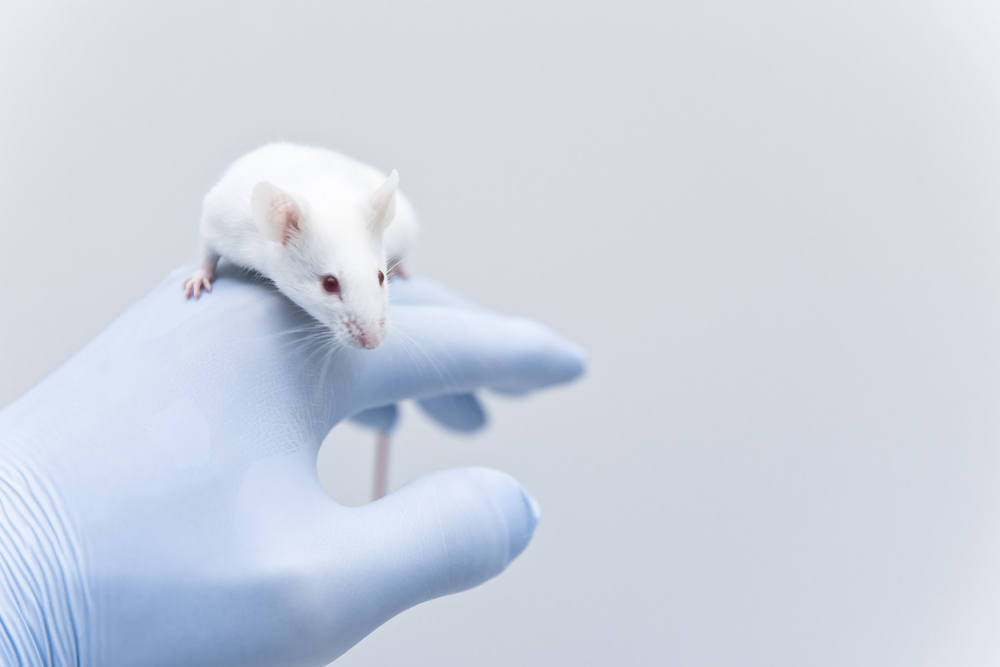Reducing Sarcolipin Protein Levels Improves Symptoms in Duchenne Mice, Study Shows

Researchers have found that reducing levels of elevated sarcolipin protein may be a potentially effective therapeutic strategy in the treatment of Duchenne muscular dystrophy (DMD) patients.
The study, “Reducing sarcolipin expression mitigates Duchenne muscular dystrophy and associated cardiomyopathy in mice,” was published in Nature Communications.
Current therapies for the treatment of DMD involve the replacement or compensation of the protein dystrophin, which is deficient in patients with DMD. However, these therapies have challenges, including the ability to specifically target cardiac and respiratory tissues and fibrosis, indicating a greater need for other strategies to treat this disease.
Studies have shown there is an abnormally high concentration of intracellular calcium in Duchenne boys, which is an important early event in the disease’s start and progression.
One of the mechanisms causing higher calcium concentration is a decrease in the activity of the protein sarco/endoplasmic reticulum (SR) Ca2+ ATPase (SERCA). The protein sarcolipin (SLN) blocks SERCA, and was found to be abnormally elevated in skeletal muscles of Duchenne mouse models.
Researchers investigated the relevance of SLN to DMD development. by conducting experiments in mice with Duchenne called mdx:utr−/− mice.
Genes come in pairs of two alleles, one inherited from the father and the other from the mother. Researchers showed that inactivating one allele of the SLN gene led to normal SLN levels. And this led to the restoration of SERCA activity, improvement of skeletal muscle and cardiac disease, muscle regeneration, and an extended lifespan in these mice.
Next, researchers evaluated whether this finding could be translated into a potential therapy for humans with DMD. They developed a method to reduce sarcolipin expression in mice using a RNA interference method, which essentially reduces RNA levels of the SLN gene.
When the RNA levels are reduced, that leads to a reduction in protein levels, because RNA is necessary for protein production. The RNA reduction treatment significantly decreased sarcolipin levels, stopped muscle pathology, and improved the diaphragm, skeletal muscle and cardiac muscle function.
As a result, researchers suggest that SLN reduction is a potentially effective therapeutic strategy.
“We have provided initial evidence that SLN could be a common and potent therapeutic target for the treatment of diaphragm and skeletal muscle pathology and cardiomyopathy in DMD,” researchers wrote.
“Our studies also raise the possibility that reducing SLN expression or function by AAV [viral vector delivery method] or other strategies can provide therapeutic benefits for DMD,” they added.






